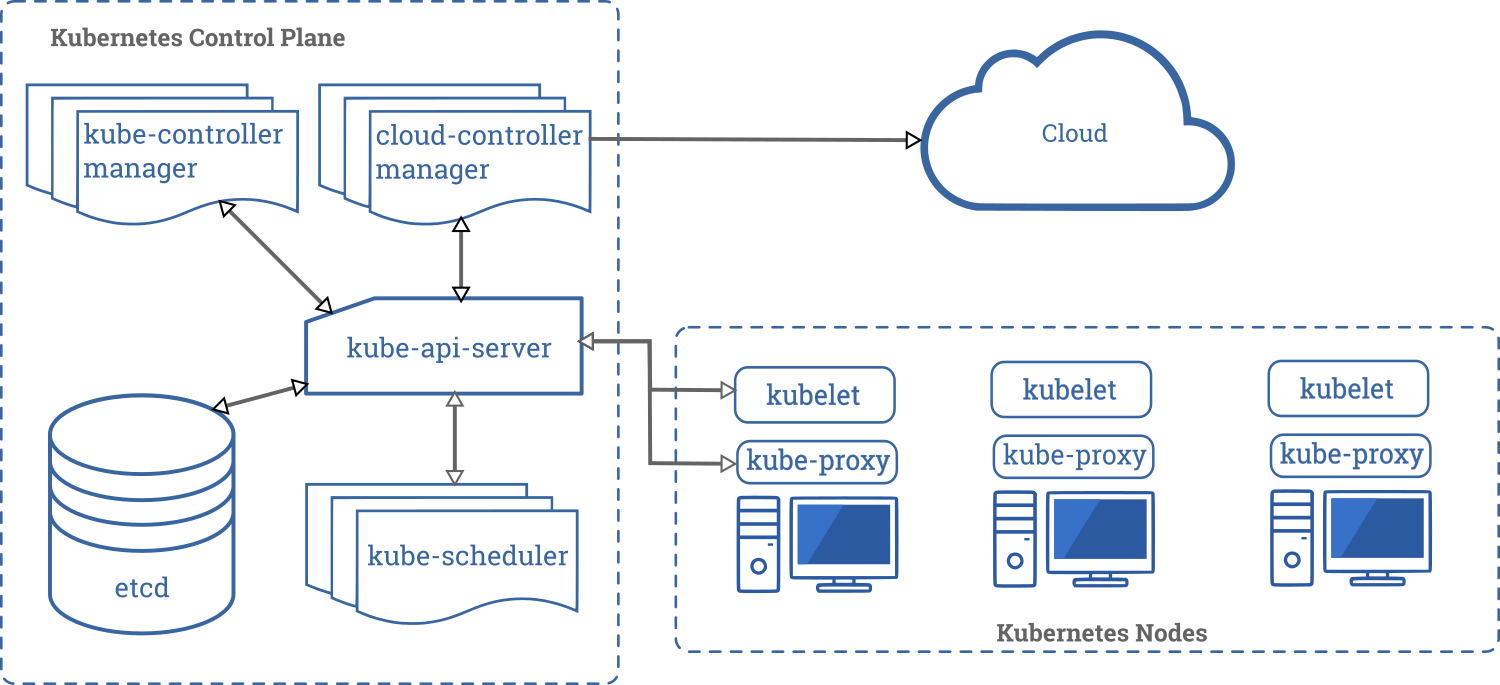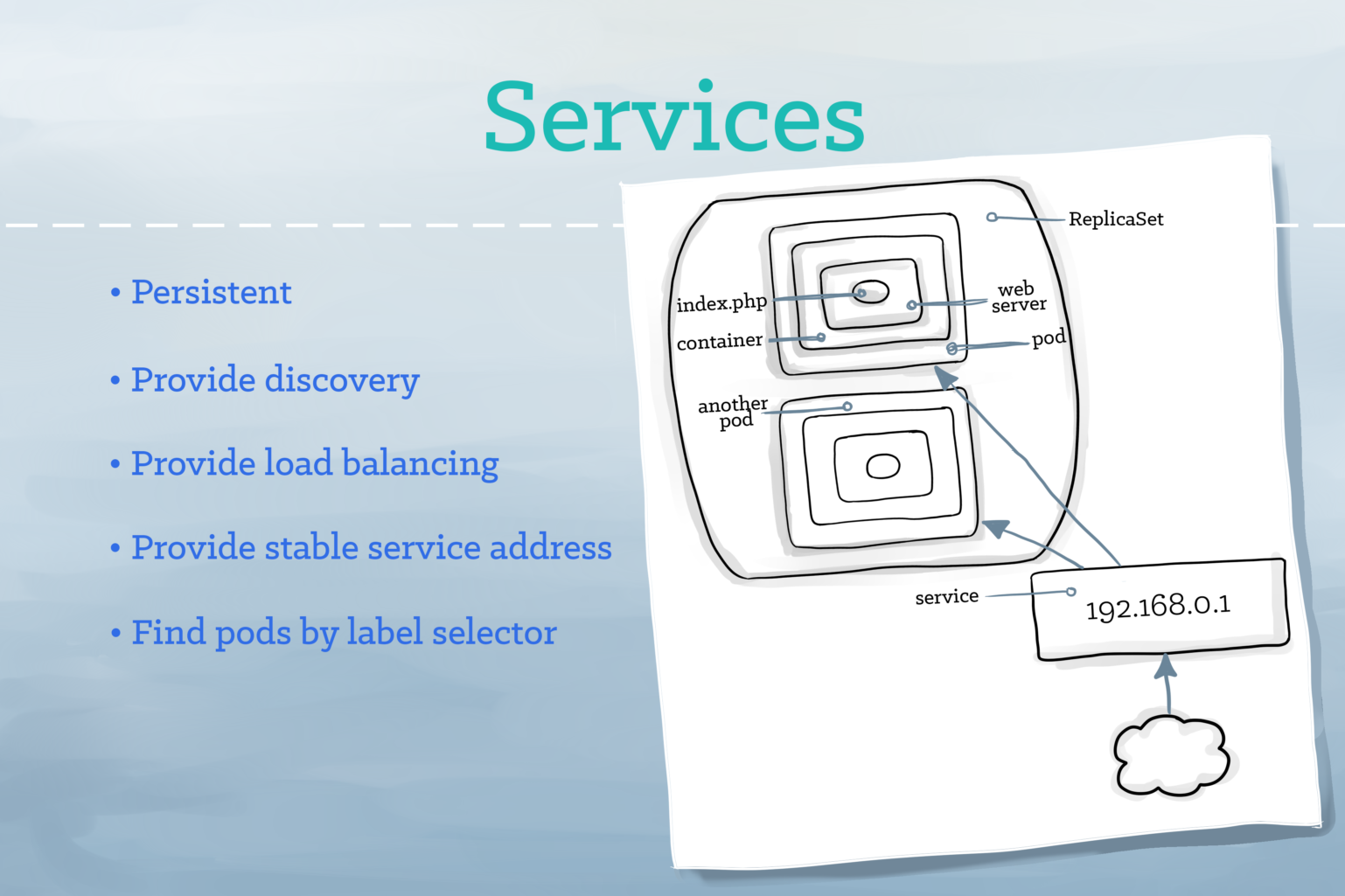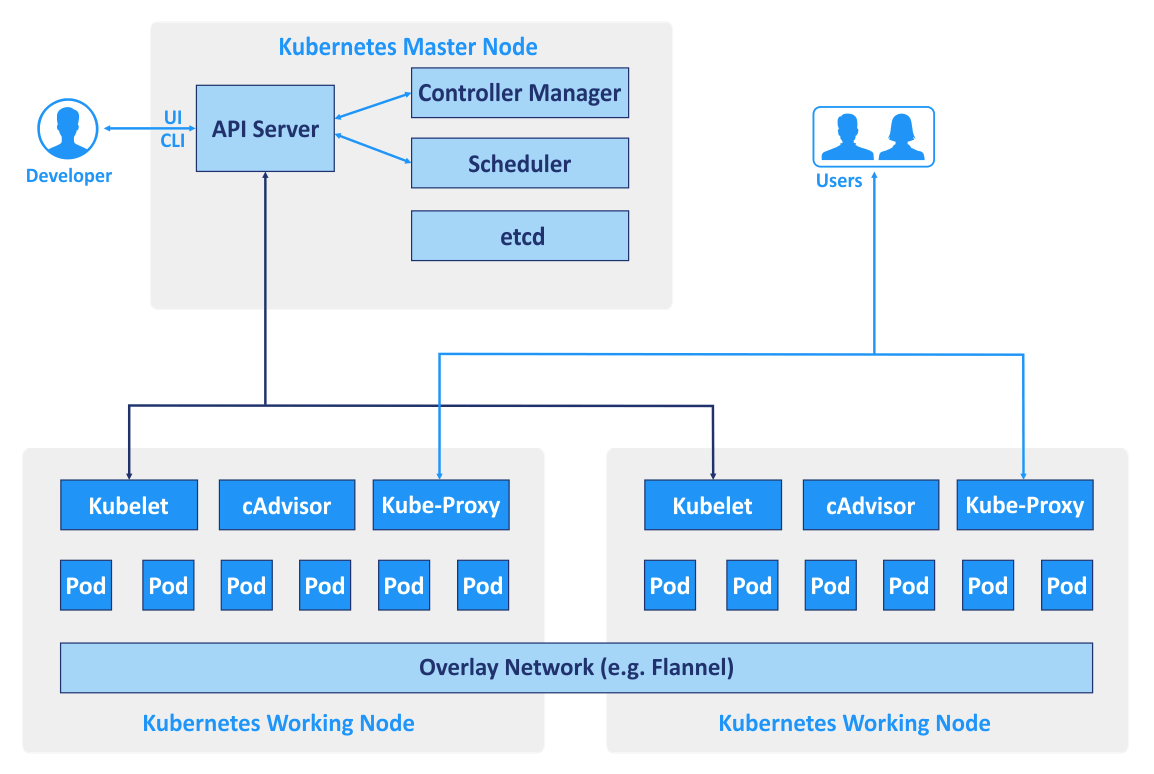The storage management system

Review previous parts of this series for better understanding:
This is the sixth part of the Kubernetes series. In this part I will try to add more insights into Kubernetes Volume
Volume
Volumeis simply an abstraction of data in the form of file and directory within a Pod. It exists as long as its Pod exists.
The lifecycle of a Volume is tied to the lifecycle of the Pod, but not to that of a Container. If a container within a Pod dies, the Volume persists and the newly launched container will be able to mount the same Volume and access its data. When a Pod gets restarted or dies, so do its Volumes, although if the Volumes consist of cloud block storage, they will simply be unmounted with data still accessible by future Pods.
 Review previous parts of this series for better understanding:
Review previous parts of this series for better understanding: 



